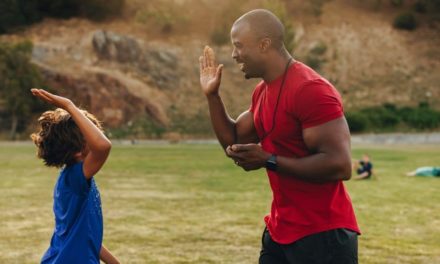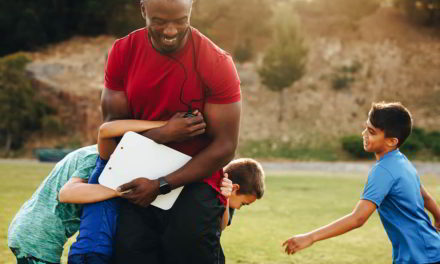The changing rooms – surely the most unique place in the school? It’s a place where ‘normal’ school routines can be difficult to apply and where different issues can arise.
Research into school changing rooms found that:
“the proximity to other bodies facilitates (perhaps even necessitates) a process of comparison, surveillance and self-regulation”.
In other words, being in the changing room with others implies tensions. So how could you make sure that the behaviour of pupils meets your expectations?
1. Consider where pupils change
Every changing room is a different shape and size, and there are likely to be nooks and crannies where pupils huddle in small groups. During your first lesson with a class, sit them down upon entry to the changing rooms and outline your expectations.
Use this time to try and identify any potential issues amongst peer groups and make seating changes as necessary. Inform pupils that this is their space for the year and they shouldn’t move around – they have seating plans in classrooms, so why not in changing rooms?
2. Time
Give pupils a set amount of time to get changed – we suggest 7 minutes from the bell ringing, and start asking them to leave the changing room after 6 minutes. Give regular updates on how long is left, and hurry them along as much as possible. Warn of and implement a sanction for any pupils who do not meet this time limit.
3. Presence
This is the biggest win in our eyes! If you’re in the changing rooms with them, the opportunities to do anything but get changed are limited. Let them know you’re there, but rather than watching them like a hawk, keep yourself busy by handing out any spare kit, remind them to remove jewellery, and keep reminding them of the changing time remaining.
4. Routines for learning
This seems simple, but sometimes the simple things have the greatest impact! Tell them how you want them to change – put their ties in their blazer pocket, their blazer on a hook, only undoing the top few buttons on their shirt and pull it over their heads, and put their shoes under the bench. All of these things save time at the start and end of the lesson, and also make the changing rooms a calmer and more organised space.
5. Starter task
Get a whiteboard in your changing rooms and display a recap question that pupils can discuss whilst they are changing or waiting for the rest of the class. There can also be reminders on the whiteboard about routines, jewellery etc.
If you have the budget for a TV screen which allows you to hook your laptop up, you could make a simple PowerPoint slide to display to each class (which saves so much time writing on the whiteboard) and would also allow you to play videos. A great way of showcasing elite sports to really inspire the pupils in your lessons!
The changing rooms are an inimitable setting and your lesson can really be won or lost there. Don’t be afraid to take the time to reset if you feel the pupils aren’t meeting your expectations, and never underestimate the power of asking the pupils to enter the changing rooms and sit down without getting changed. This will allow you to reinforce your expectations and take control.
If you would like some more information or assistance on wet weather lessons then be sure to check out PEOffice which can cater to all your needs. You can even book a free online demonstration here or call the team on 01909 776 900 or send an email to mail@peoffice.co.uk.










